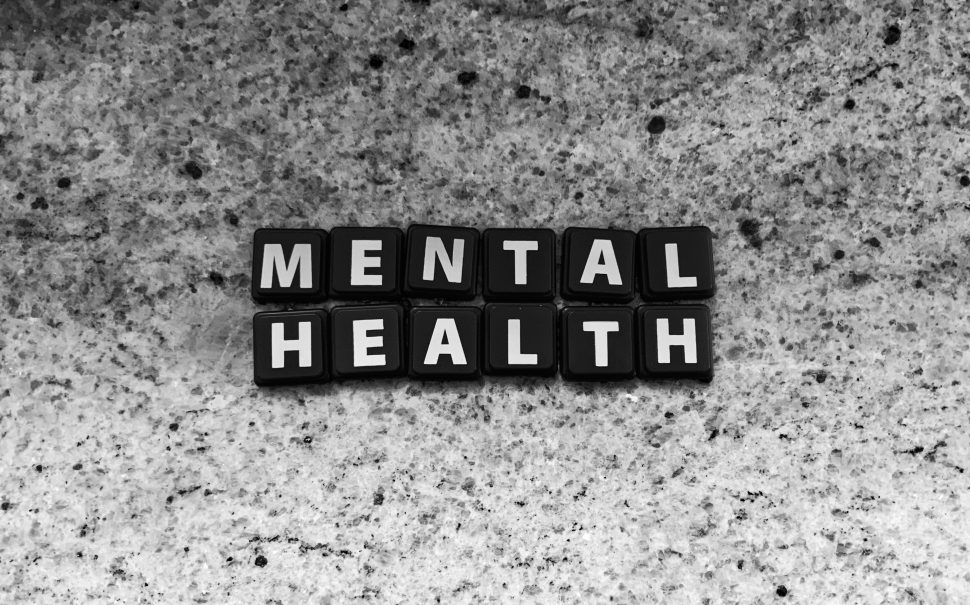The number of children dealing with mental health issues has skyrocketed since 2017, NHS data has shown.
The number of children aged 11-16 dealing with probable mental health disorders in 2023 soared by 69% compared to 2017, with nearly a quarter of 11-16-year-olds now facing an issue.
The World Health Organisation (WHO), characterises a mental disorder as: “A clinically significant disturbance in an individual’s cognition, emotional regulation, or behaviour.”
The mental health charity Mind explains that causes of mental health problems can be widespread and don’t necessarily depend on chemistry or family history.
Bullying, abuse, trauma, neglect, or long-term stress might present as well known potential causes of mental health problems, but what about less explored causes of mental health disorders including isolation or financial stress?
Access to support, experienced loneliness, economic difficulties, and COVID-19 are all circumstances that the NHS lists in its Mental Health of Children and Young People in England report as potential culprits to this steady rise in mental health disorders amongst children.
COVID-19
Jemma Meeson, Clinic Director at The Family Treatment Service, a mental health practice specialising in adults, adolescents and children explains that since the Covid-19 pandemic, mental health treatment in the NHS has been more difficult to access.
She said: “Increased waiting times and thus the lack of early intervention has unfortunately meant that children are more unwell when they are seen.”
According to the Office for Health Improvement & Disparities, 2020 saw an increase in children and young people aged 7-12 showing symptoms of depression and post traumatic stress disorder (PTSD).
The Department for Education’s State of the Nation, annual report found lower wellbeing rates among children in 2020 compared to 2021, but suggests that it is difficult to draw a direct link to COVID-19 playing a key role in a worsened national mental health for children.
Lack of access to support
Meeson explains: “Ultimately children need a relationship where they are able to talk about their emotions and have them validated, and to develop self efficacy over the management of their emotions so they don’t need to develop maladaptive coping mechanisms.
“This is a protective factor to developing mental health difficulties and allows feelings to be processed.”
In 2020, children aged 11-16 with a mental disorder felt they had consistently less access to support through a friend in comparison to their mentally healthy counterparts.
The children that suffered with mental health related issues in 2020, were almost four times more likely than other mentally healthy children to feel they didn’t have one friend.
As the graph below shows, almost one in five children aged 11-16 with a probable disorder felt they didn’t have at least one friend, compared to one in 20 for those unlikely to have a disorder.
Loneliness, the silent killer
Jessica O’Shea, 36, a primary school teacher said: “There are children who live their lives being looked after by a nanny, and don’t get to see their parents very often – those are the children who definitely have more mental health disorders.
“I definitely think there’s a correlation with loneliness, for sure, especially in children. Those who see their parents a lot or have siblings or groups of friends are definitely the ones who suffer less.”
One in six children with a probable mental health disorder reported feeling lonely, while the numbers were less than one in a hundred with those that didn’t, according to the NHS.
However, a downward trajectory in loneliness experienced by children aged 11-16 since from 2020 to 2021, could be a beacon of hope for children more likely to be suffering from mental health disorders.
Economic hardship
Economic hardship is an external factor that could influence the level of attention a child will receive from their parents as well as the level of funding available to the child’s mental health on a national level.
Meeson explained: “The cost of living crisis and recession caused a massive increase in adults experiencing mental health difficulties, which in turn affects the children in their families.
“The recession has also affected mental health teams in terms of under-resourcing which of course also has a knock on effect if treatment is difficult to access.”
When asked about their financial situation, parents of 11-16 year olds struggling with mental health disorders were the most concerned with money according to the NHS.
More than half of parents of children with a probable mental health disorder claimed to be worried about money, compared to just over a third of parents of those without.
Reducing the stigma
From loneliness to economic hardship, a high number of children presenting with mental health disorders could also be attributed to a decreased stigma, better access to help and awareness regarding mental health.
Meeson concluded: “There is increased awareness around mental health difficulties and the stigma has been reduced, hence I believe more people feel comfortable accessing treatment and support for their child.”
O’Shea added: “I think it’s important to note that we know a lot more about mental health than we used to.
“When I did meet my teacher training, it just wasn’t really a topic. Mental health has become such a buzzword in the last five years, we talk about it in all of our training inset days, we’re offered extra training on mental health.”





